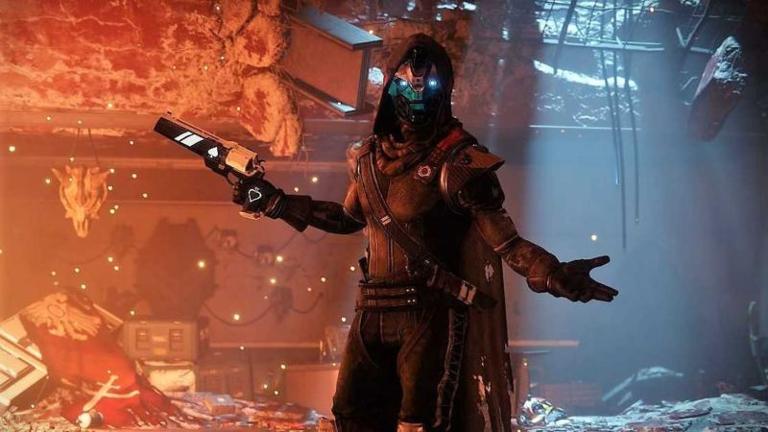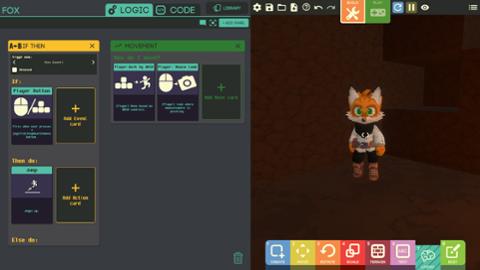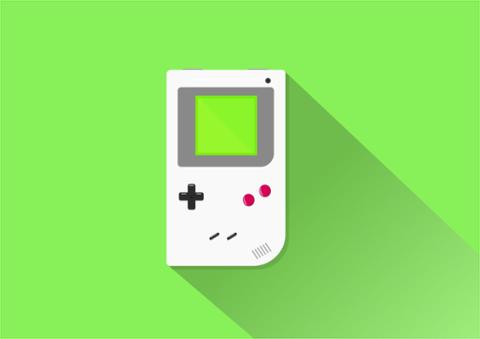Game designer sounds like a fun job: Who wouldn’t want to sit around and help create fun, immersive video game experiences? But as with many jobs in technology, breaking into game design requires just the right mix of education, job skills, and creativity. The video game industry itself also presents some unique challenges; for many game designers, the work is truly a labor of love in the face of long hours and big setbacks.
“The exciting thing about game design is that it involves so many different kinds of skills, from computer programming, math and physics to art, animation, music and creative writing,” Ben Chang, electronic artist and director of the Games and Simulation Arts Program at Rensselaer Polytechnic Institute, told Dice. “Game design is about writing code, and also about telling a story, inventing a world, understanding player psychology, and ultimately about creating something compelling and meaningful for players to experience.”
Game designer is also one of the fastest-growing jobs in tech, so it’s worth paying attention to what it takes to break into the industry.
Typical Game Designer Job Posting
A “typical” game designer job posting may ask candidates for the following:
- Content and systems design experience.
- Ability to work with a team.
- Ability to communicate with department heads/senior leadership.
- Problem-solving under pressure.
- Prototype, iterate, and polish gameplay/features/etc.
You’ll notice these are pretty broad, and there’s a good reason why: Like many jobs in tech, “game designer” is a pretty varied position, with multiple specializations; you could become a level/environment designer, a lead game designer, a mid-level designer, and so on.
One thing is clear from postings, though: all game designer jobs require a mix of “soft skills” and technical know-how. It’s not just about knowing a set of programming languages, or having a great sense for designing levels; you also need to communicate with teams, especially in the high-pressure environment of a game studio.
Game Designer Education and Training
A number of schools, including the University of Southern California and the Rochester Institute of Technology (RIT), now offer game-development curriculum. The coursework often centers on a variety of sub-disciplines within game design, including user interaction (UX/UI), animation, modeling, math, and computing and design fundamentals.
Although students don’t have to necessarily begin these courses with programming and/or design knowledge, having a little bit certainly helps. Michael Zyda, founding director of the USC GamePipe Laboratory and professor of engineering practice, suggested to Dice that students should have some programming experience under their belts before entering the University of Southern California’s USC Games program, for instance.
If you’re looking for online courses that cover the nuances of game design and development, here are some options to start you off:
- C# Programming for Unity Game Development Specialization
- Unreal Engine C++ Developer (Udemy)
- Complete C# Unity Developer 2D
- Game Design and Development Specialization
- Harvard Professional Certificate in Computer Science for Game Development
For anyone plunging into the game industry, knowledge of the Unity and Unreal game-development platforms is an absolute must.
Typical Game Designer Interview
Here are the kinds of questions that tend to pop up during interviews for game designer positions:
- “Tell us about a time you helped adjust a game’s balancing/pacing/levels, etc.”
- “Which models and tools have you used to analyze player behavior?”
- “How do you stay on top of new trends in the gaming industry?”
- “Walk us through a time you solved a major issue during the development or design stage.”
- “Describe your ideal pipeline for bringing new ideas to life?”
- “How do you evaluate a new feature/element/level?”
- “How do you generate new game ideas?”
These might seem all over the place, but they all boil down to a single theme: Employers want to see how you work through the design process. That includes not only coming up with new ideas and bringing them to life, but also effectively handling the problems that inevitably pop up.
In addition, game studios may ask how you deal with high pressure and “crunch time.” Over the past few years, the media has paid increased attention to tales of overwork and insane deadlines at game studios. The job interview is not only a chance for you to tell a prospective employer how well you deal with pressure; it’s also your chance to evaluate the workloads at the company, and whether it’s a place where you truly want to work. Not everyone can face a few months’ worth of 100-hour weeks every year.
Most of all, come prepared with stories from your professional life that illustrate your best qualities. Nothing sells your abilities like a tale that ends with you producing huge, awesome results. Your interviewer will also want to see what you’ve actually designed, so consider bringing “visual aids” on your iPad or other device.
For Game Designers, There’s Also the Indie Route
For game designers who want to go the indie route—as opposed to working for a massive firm that churns out AAA games—funding can come from a variety of sources, including crowdfunding. However, data over the years has shown that many projects funded via Kickstarter and similar platforms fail to meet their financial goals; designers might have to launch a handful of crowdfunded “rounds” before hitting their goals.
One of the big upsides to crowdfunding is audience feedback. “What I learned from doing the first [Kickstarter] campaign is that while some people cared about multiplayer, the vast majority of people who were excited about the game were excited about the single-player campaign and mod support,” game-builder Craig Stern told Dice way back in 2014, after he raised the necessary funds for his tactical role-playing game. “I realized that was where I should focus my development efforts.”
Over the past several years, the platforms for crowdfunding have only proliferated (popular platforms include IndieFund, Fig, and IndieGogo), but the marketplace has also gotten more competitive. Some designers have gotten very good at building hype, and some games have managed to raise millions of dollars off the backs of fans, but the bar for what the crowd will massively fund has risen.
“The backers of video games and on Kickstarter, in general, are an ever-evolving team of people, but video games specifically, backers expect a lot more from a video game than they did in 2012 and 2013,” Kickstarter games outreach lead Anya Combs told Variety.
What to Include on a Game Designer Résumé
Your game designer résumé should focus on your (hopefully successful) career in game design; the bullet-points in your “Experience” section should highlight what you’ve worked on, as well as the positive result. If you’ve worked on particularly successful games, make sure to highlight whatever metrics you can, and try to tie your own design work into that success (for example, if you were the lead designer on some downloadable content for a game that turned into a bestseller, make sure to call attention to that).
In your résumé, you may want to include links to your previous work; that way, your prospective employer can see what you’ve done (and how cool it looks).
As we mentioned above, also make sure that your soft skills are highlighted in addition to your design/technical skills; no matter what the company, working with others is a huge part of this job, and you need to show that you’re more than capable of that kind of interaction.



